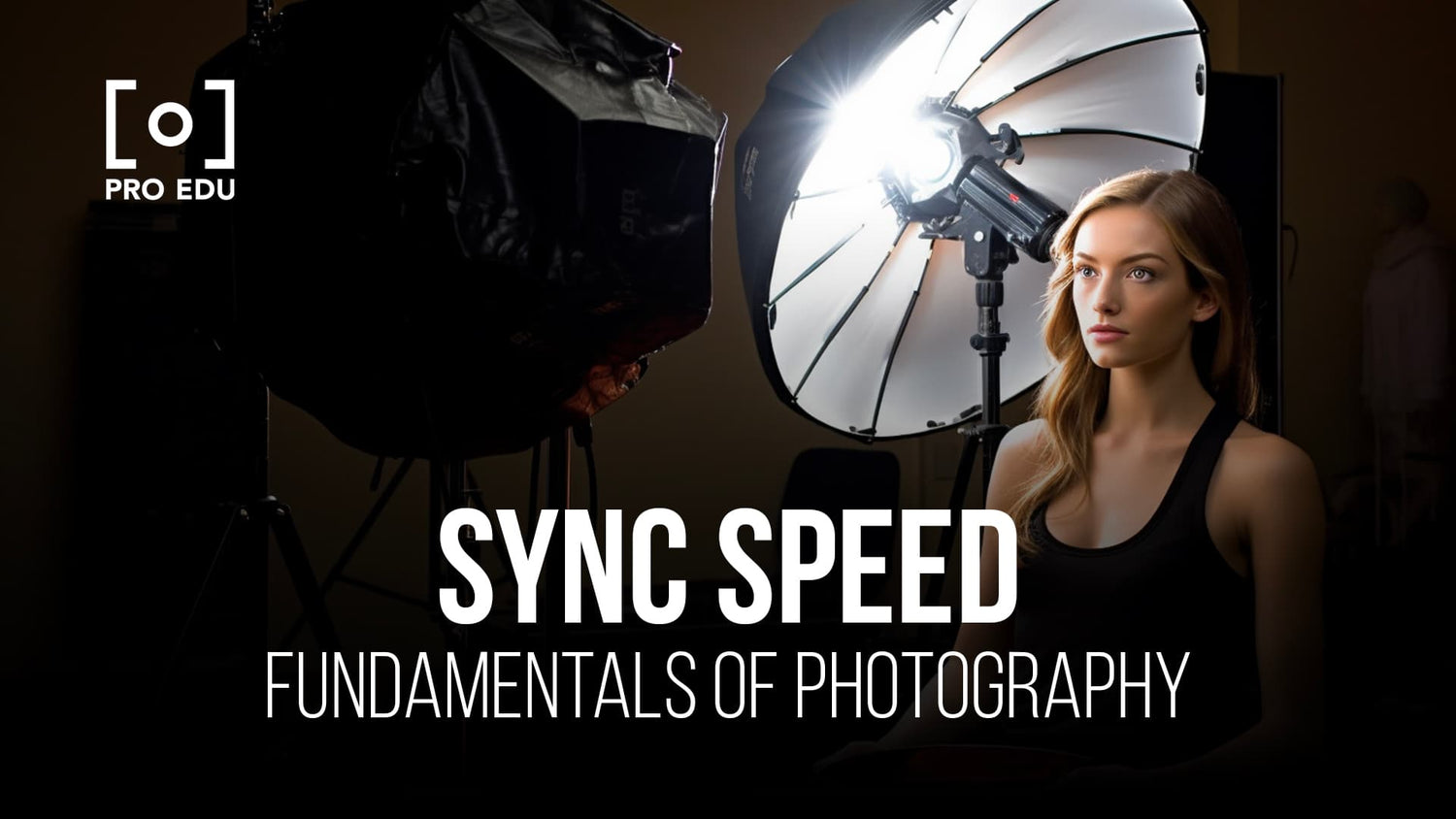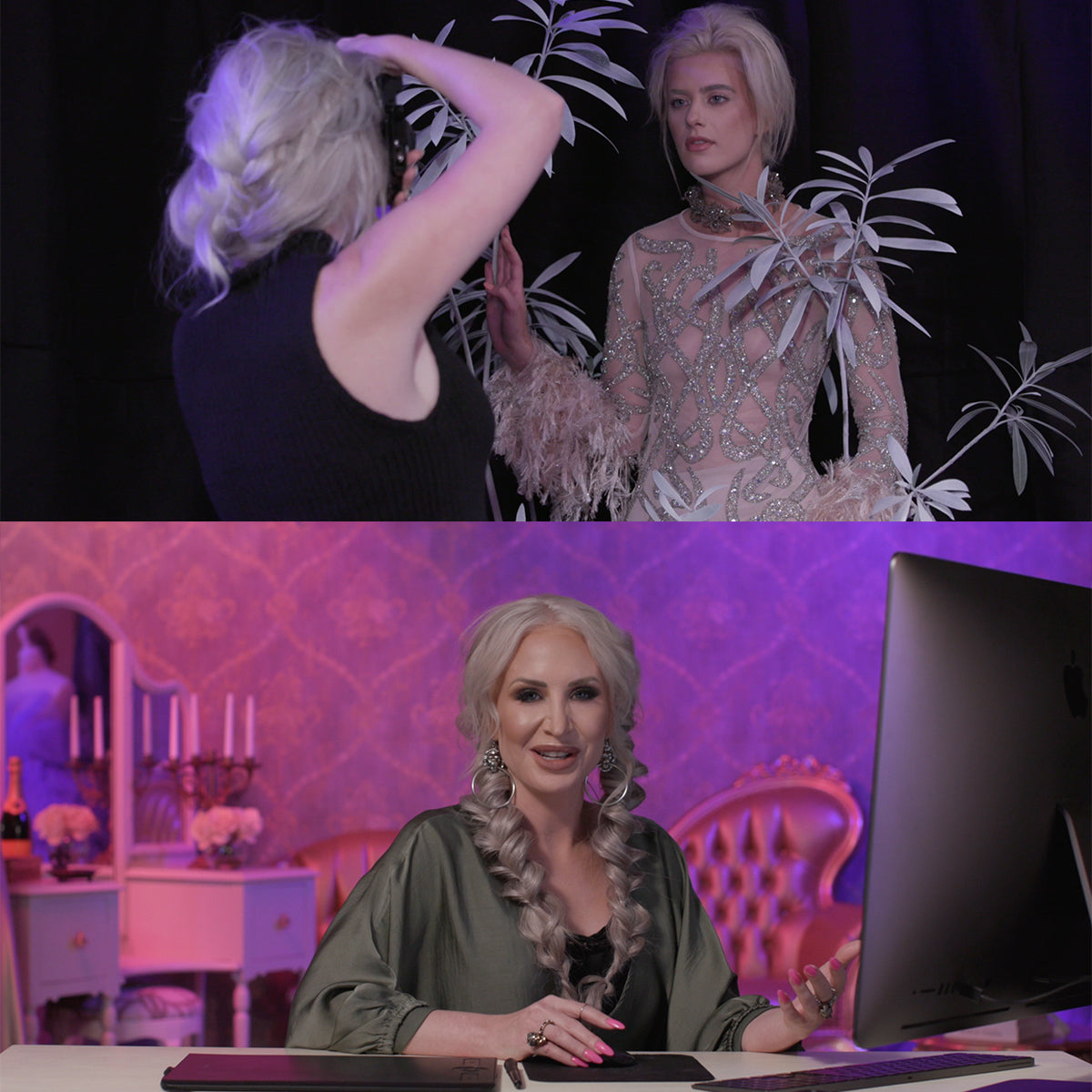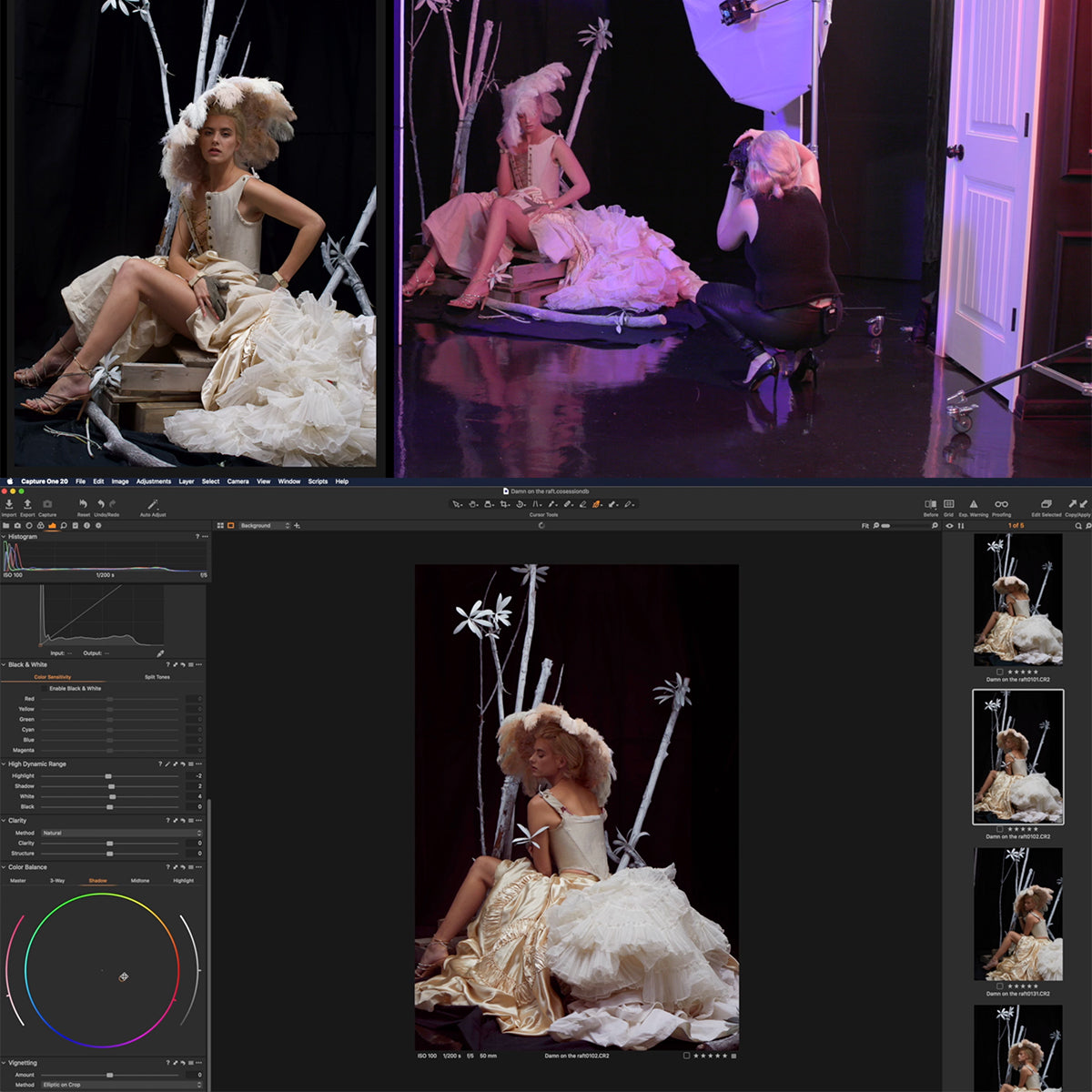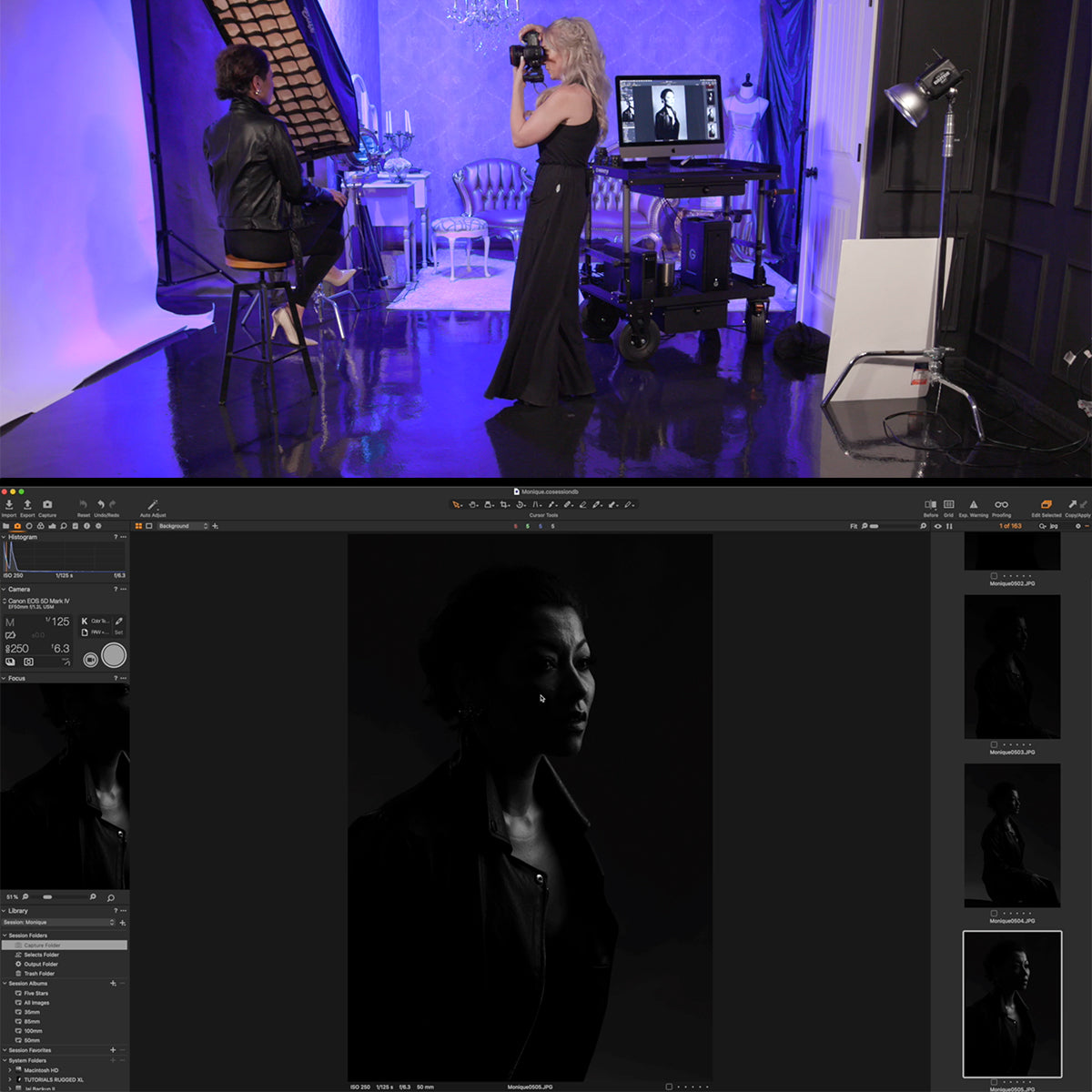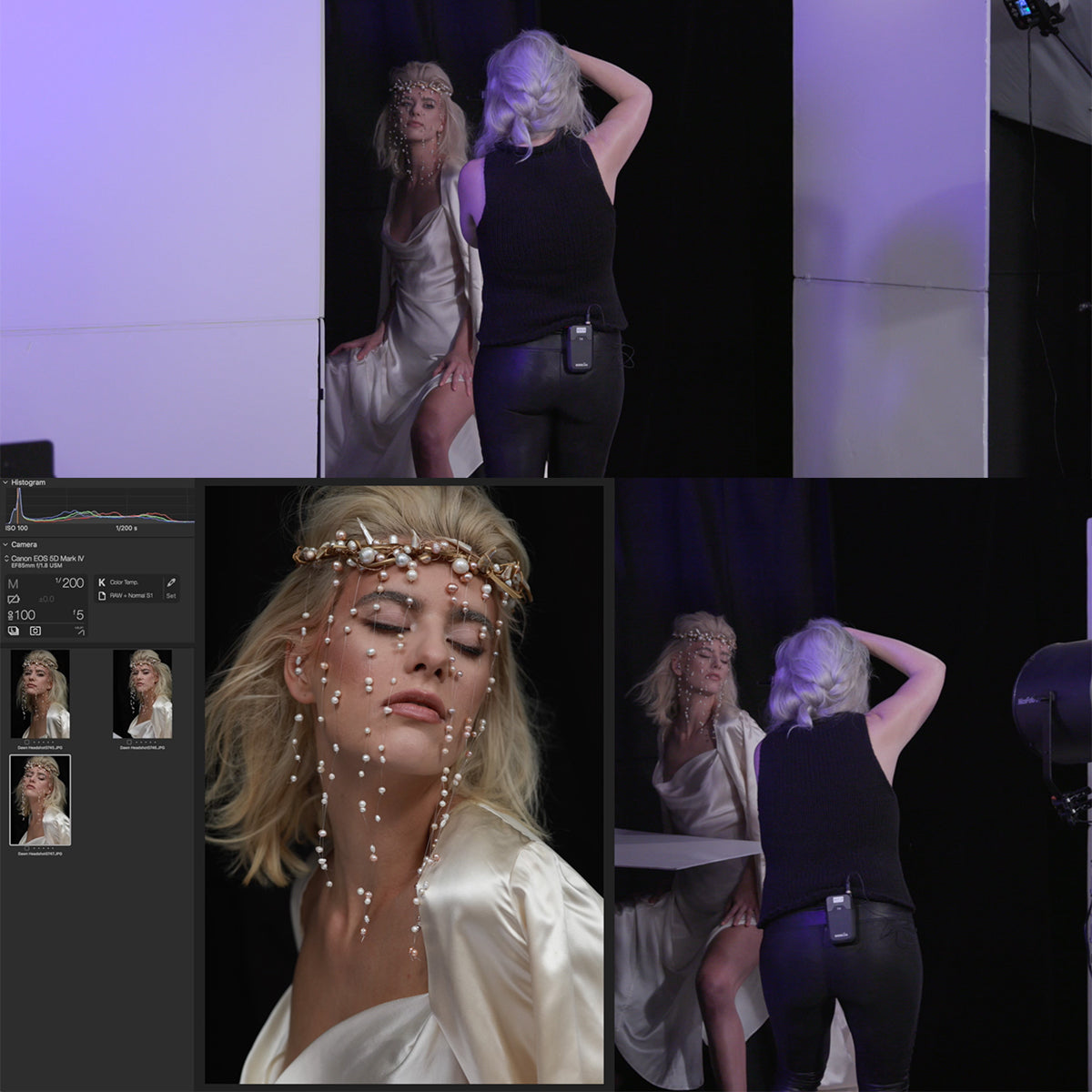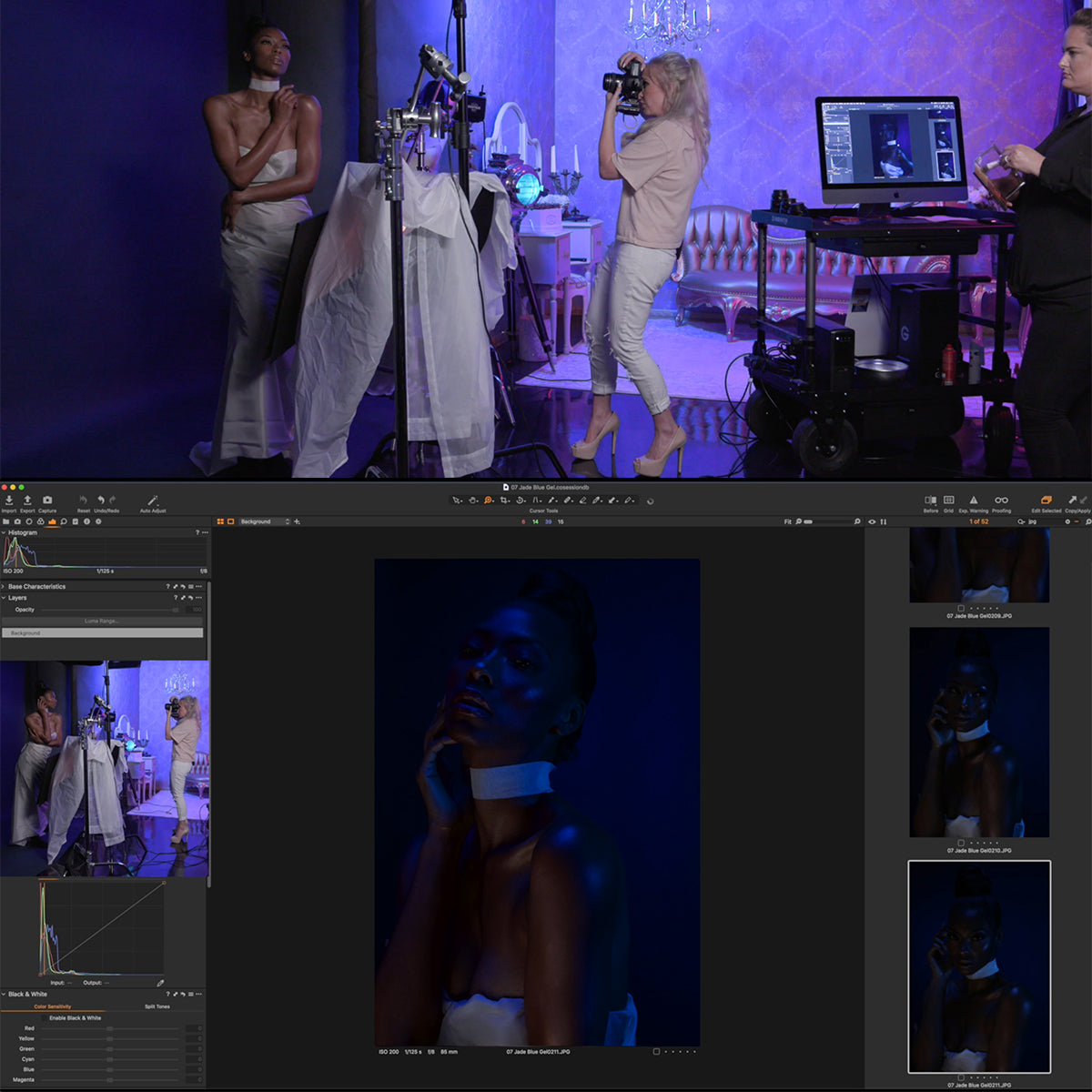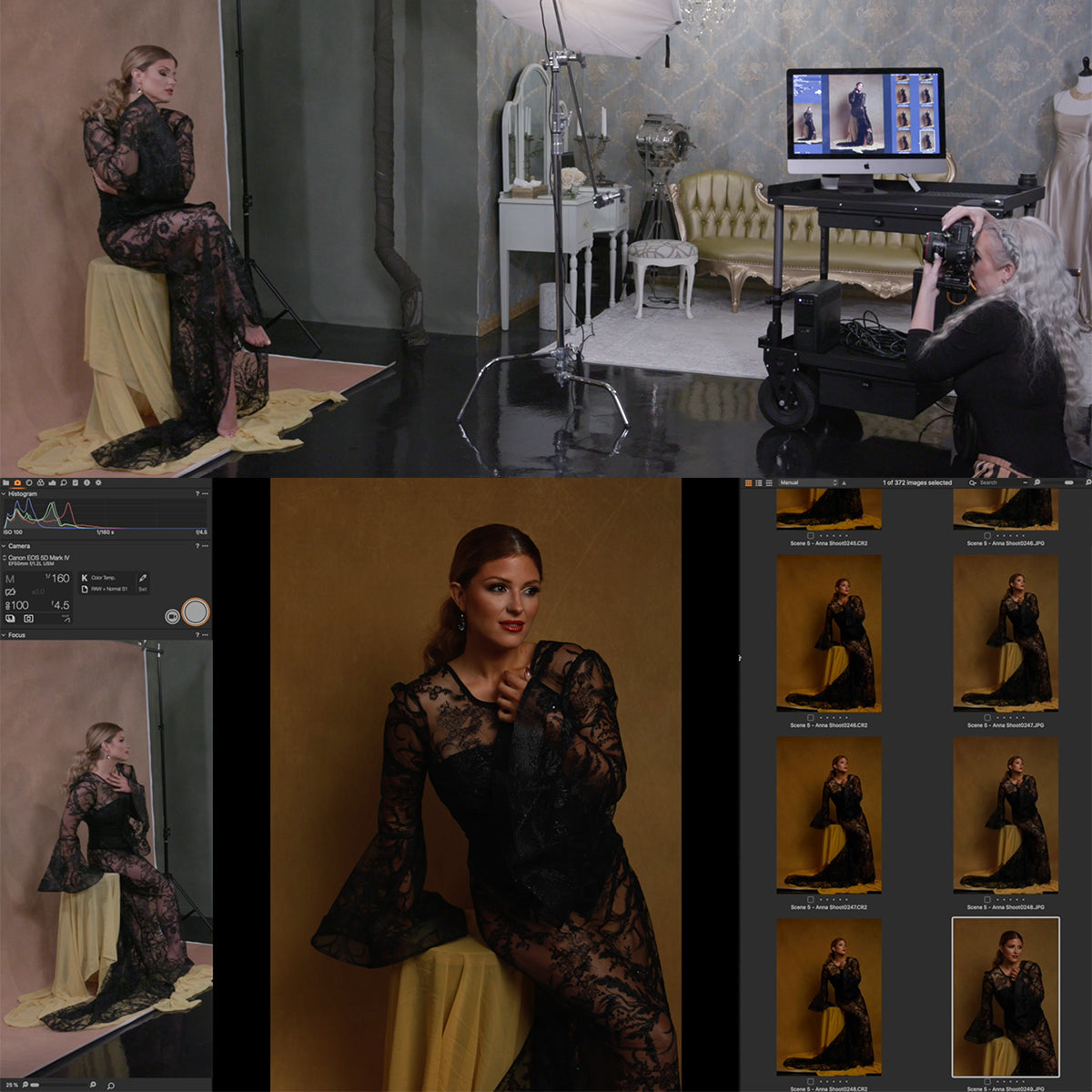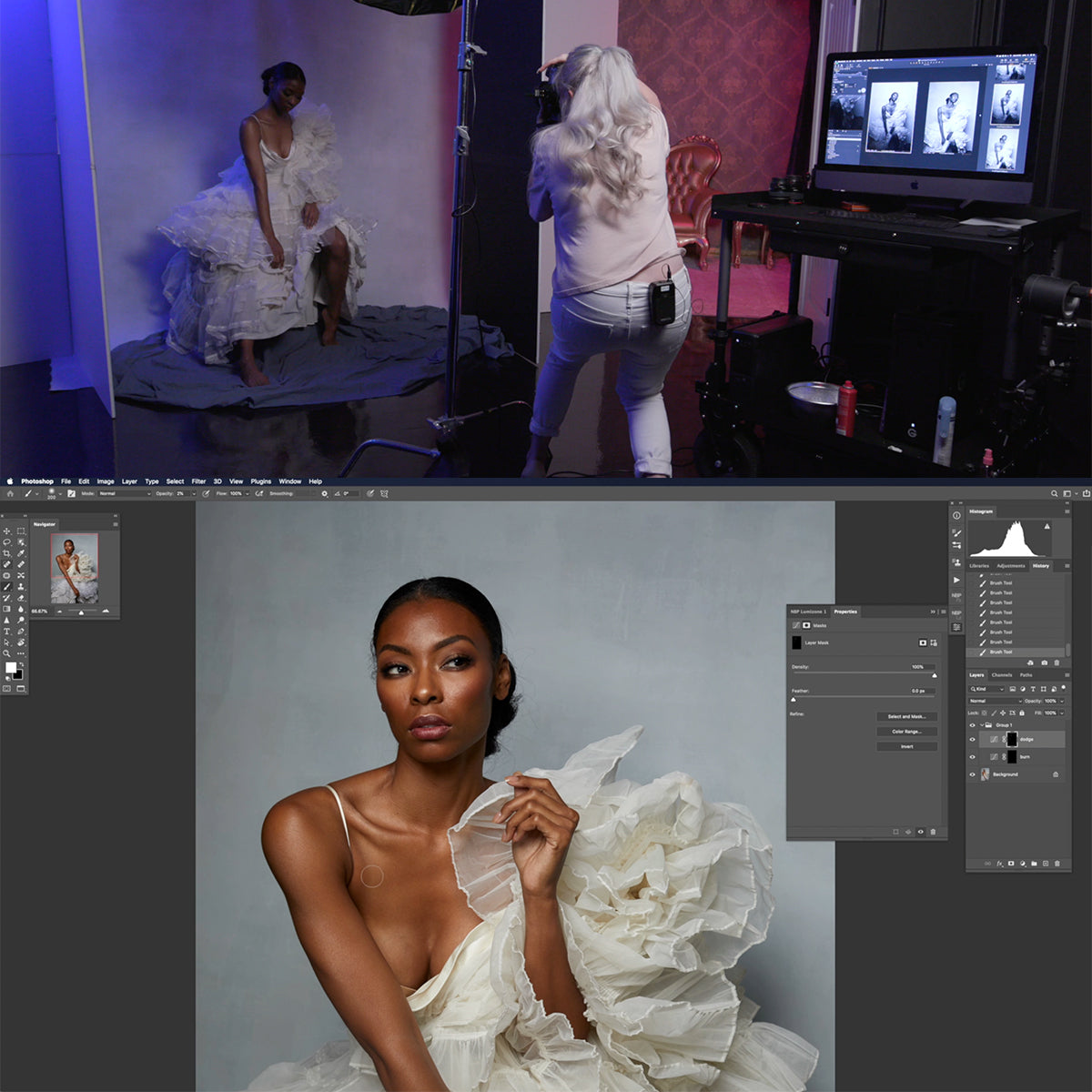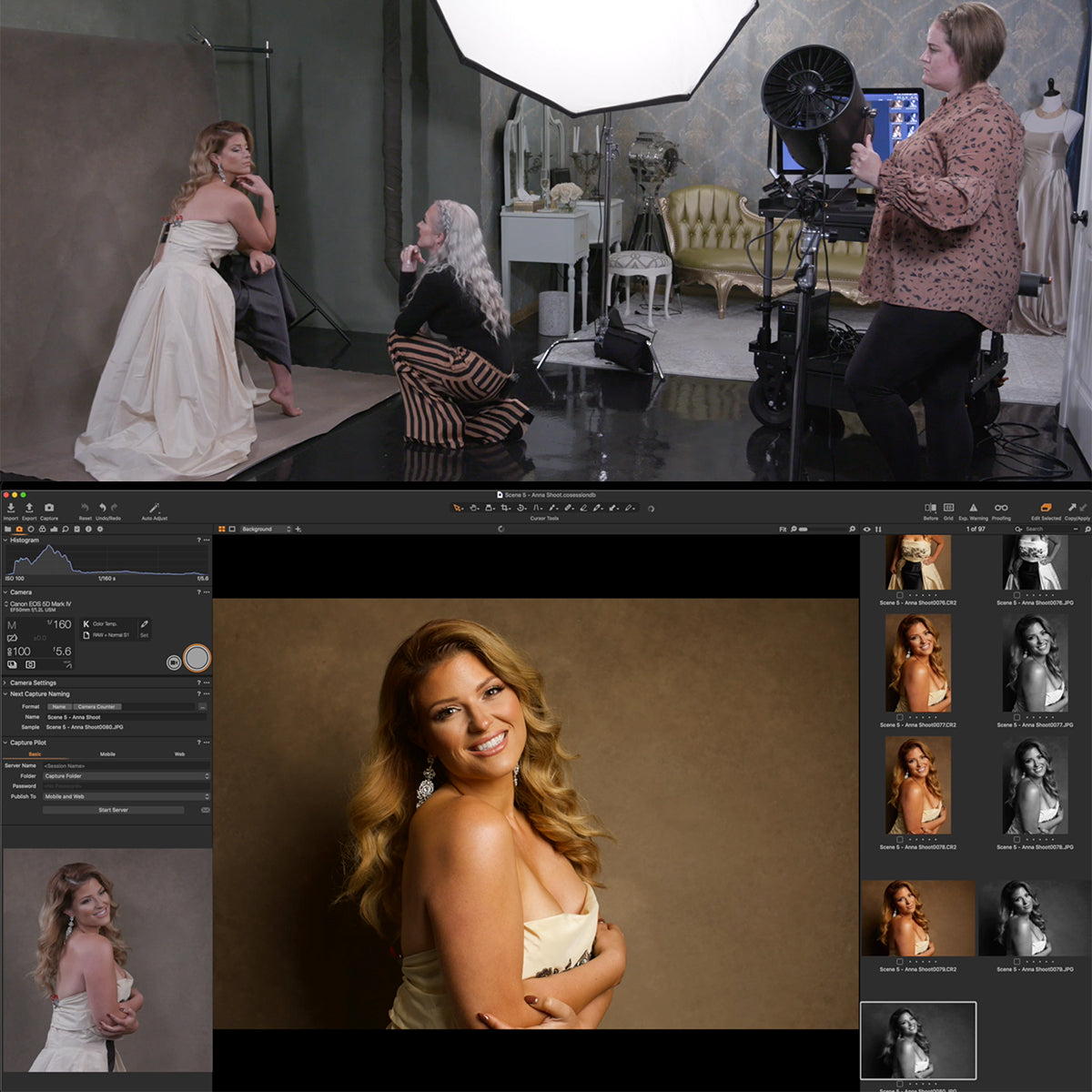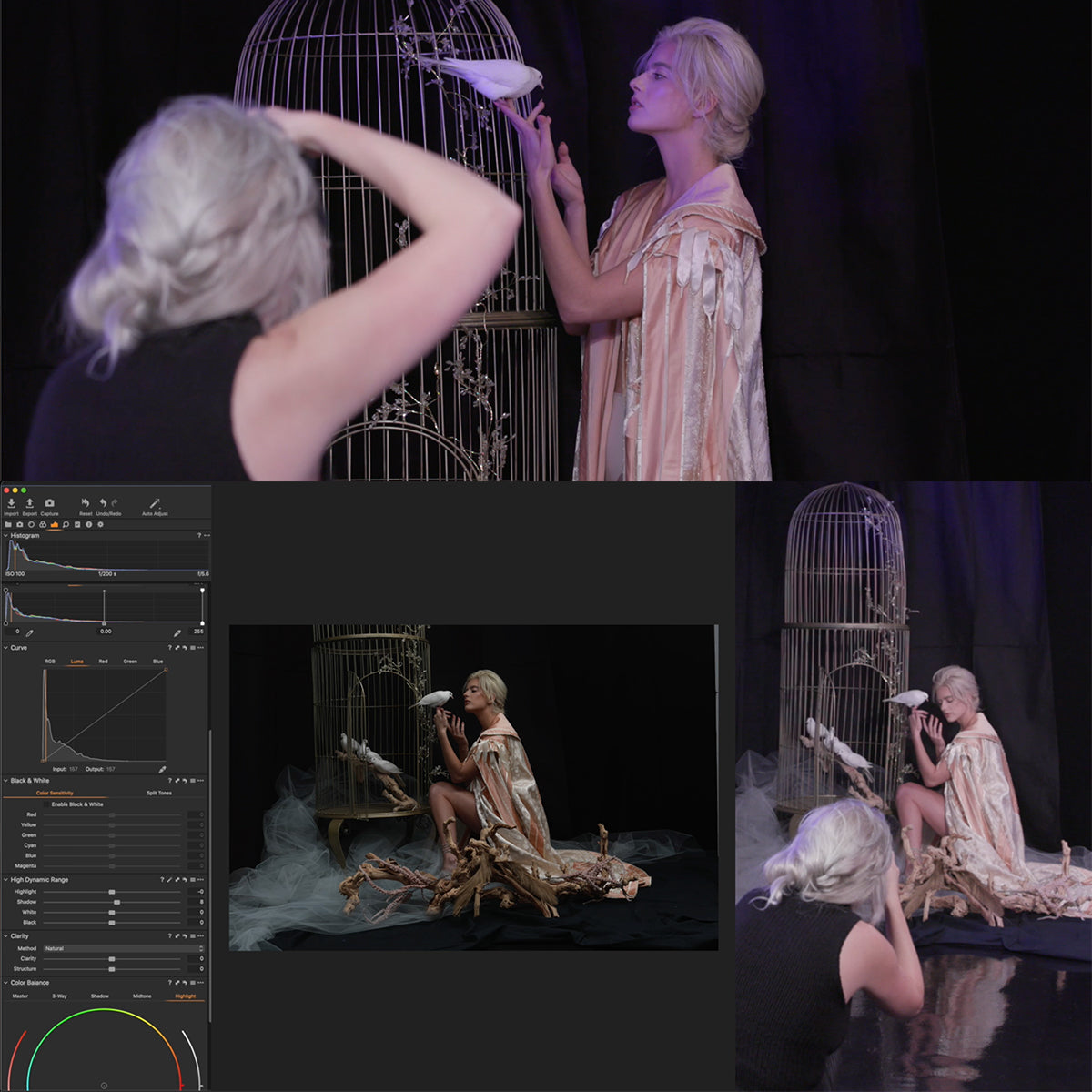Sync Speed in Photography: Mastering Flash Synchronization Techniques
Sync speed, also known as flash synchronization, refers to the fastest shutter speed at which your camera can effectively process the flash. As photographers, it's essential for us to understand this concept to utilize the flash effectively and avoid issues like uneven lighting or dark bands in our photos.
Shutter speed plays a crucial role in photography, dictating how long the camera's sensor is exposed to light. When using a flash, this speed must align with the flash's duration, allowing proper exposure and synchronization between the camera and flash. As different cameras have various types of shutters, understanding your camera's specific characteristics will help you master flash synchronization and optimize the settings to achieve desired outcomes.
Key Takeaways
- Sync speed is essential for effectively utilizing flash and avoiding uneven lighting in photos
- Understanding the role of shutter speed helps in mastering flash synchronization
- Familiarizing yourself with your camera's specific shutter system optimizes settings for successful sync speed usage
Understanding Shutter Speed and Its Role
Shutter speed is an essential component of photography. In simple terms, it's the amount of time the camera's sensor is exposed to light. Shutter speeds can range from very fast (e.g., 1/4000th of a second) to very slow (e.g., several minutes). It's important to understand the role of shutter speed in photography as it greatly affects the final image, whether you're freezing action or capturing motion blur.
When we talk about DSLR cameras, the shutter mechanism includes two curtains that open and close, covering the camera sensor. The first curtain opens, exposing the sensor to light, and the second curtain closes, ending the exposure. The time it takes for this process to happen is the shutter speed. When you change the shutter speed on your camera, you're adjusting the time between the curtains opening and closing.
Here's a brief list of common shutter speeds and their effects on your images:
- 1/1000s or faster: Freeze fast-moving subjects
- 1/500s to 1/1000s: Freeze moderate motion
- 1/60s to 1/250s: General-purpose photography
- 1/8s to 1/30s: Motion blur for moderately slow-moving subjects
- 1s or longer: Long exposure for low light or creative effects
Flash synchronization, or flash sync speed, refers to the fastest shutter speed at which the camera and flash can work together. The two exposure methods must be "in sync" to obtain a correctly exposed image. This situation occurs when both curtains are fully open, allowing the flash to fire during that window of time. Adobe explains the limitations of sync speed and why it's an essential concept to grasp in photography.
By understanding shutter speed and its role in photography, we can better control our camera settings and effectively use flash synchronization to achieve our desired results.
Sync Speed: In-Depth Explanation
In the realm of photography, one essential aspect to understand is the sync speed. This term refers to the fastest shutter speed at which our camera can successfully process the flash, allowing it to be in sync with the camera's shutter system. Essentially, the camera synchronizes with the flash, ensuring it lights up the entire sensor while both curtains are wide open1.
Understanding flash sync speed is crucial, as it can significantly impact the quality of our photos. When using a DSLR camera, it's necessary to consider the maximum sync speed to avoid potential issues when capturing moments. If our shutter speed is set too high, the flash synchronization may result in partial illumination on the sensor, causing darkened areas in the final image2.
Here are some key points to remember when working with sync speed:
- Maximum sync speed varies among camera models, typically ranging from 1/125s to 1/250s3.
- Utilizing a shutter speed slower than the camera's maximum sync speed ensures proper exposure and synchronization between the camera and flash.
- Exceeding the maximum sync speed can cause banding or uneven exposure, as the second curtain may start closing before the first one fully opens4.
In conclusion, efficiently leveraging the flash sync speed is fundamental for many types of photography, including portraits and outdoor shoots. By being aware of our camera's maximum sync speed and adhering to it, we can achieve well-exposed, evenly lit photographs that effectively capture our subjects in the best possible light.
Different Types of Camera Shutter
In the world of photography, understanding the shutter mechanism is crucial. There are two primary types of shutters: focal plane shutters and leaf shutters. Each has its own characteristics and advantages.
Focal plane shutters are commonly found in DSLR and mirrorless cameras. They consist of two curtains, known as the first and second curtain. When you take a photo, the first curtain opens, followed by the second curtain closing after a set amount of time. This exposes the image sensor to light, capturing the image.
In contrast, leaf shutters are typically seen in medium format and some compact cameras. Rather than using curtains, they operate with a series of overlapping blades that form an aperture. As the blades open and then close, they control the amount of light reaching the sensor.
When it comes to flash synchronization, focal plane shutters and leaf shutters exhibit different behaviors. Focal plane shutters have a limited flash sync speed due to the rolling motion of the first and second curtains. This is the maximum shutter speed at which both curtains are fully open at the same time, allowing the flash to evenly illuminate the frame. For most focal plane shutters, this speed is around 1/200 - 1/250 seconds.
On the other hand, leaf shutters allow for a more seamless flash synchronization. Their design enables them to sync with the flash at any shutter speed, providing greater flexibility and control in diverse lighting situations.
In summary, both focal plane and leaf shutters have distinct advantages and specific roles in photography. Understanding their differences is key to mastering flash synchronization and achieving optimal results in your images.
Mastering Flash Synchronization
When working with flash in photography, it is crucial to understand flash sync speed. This is the fastest shutter speed at which your camera can successfully process the flash, allowing the curtains to fully open and synchronize with the flash 1. Typically, sync speeds vary between 1/200s for Canons and 1/250s for Nikons 3.
High-speed sync is a feature available in some external flash units, allowing photographers to capture images with flash at faster shutter speeds than the standard sync speed 5. This is particularly useful when shooting fast-moving subjects or when using a wider aperture in bright conditions.
Second curtain sync, also known as slow sync or rear curtain sync, is another flash synchronization technique. In this approach, the flash fires at the end of the exposure, just before the second curtain closes. This can create motion trails or unique lighting effects, specifically in low light or when capturing subjects in motion 6.
In many cameras, a pop-up flash is built into the body. This on-camera flash can be convenient, but its direct, head-on illumination can cause harsh shadows and an unflattering look. To achieve more natural and appealing lighting, consider using an off-camera flash 4. By placing the flash off-camera, you have greater control over the direction and quality of light on your subject.
When mastering flash synchronization, it's essential to consider the type of flash (pop-up, on-camera, or off-camera) and apply techniques like high-speed sync or second curtain sync when appropriate. This will help you achieve well-exposed, dynamic images regardless of the lighting conditions or subject movement.
Optimizing Camera Settings for Sync Speed
To achieve the best results in photography when working with flash, it's important to understand flash sync speed and optimize your camera settings accordingly. In this section, we will discuss some essential settings required to work effectively within the limits of the flash sync speed.
Manual Mode: We recommend using manual mode when dealing with flash synchronization in order to have full control over the camera settings. This allows us to make sure we only use appropriate shutter speeds within the flash sync speed range.
Shutter Speed: To ensure a successful flash sync, it's crucial to not exceed your camera's maximum sync speed. For example, Canon cameras have a sync speed of 1/200s, while Nikon cameras have a sync speed of 1/250s.
Aperture: In order to control the exposure of the background, adjusting the aperture is essential. Opting for a wider aperture (lower f-number) creates a brighter background, whereas using a smaller aperture (higher f-number) dims the background.
ISO: Efficiently controlling the ISO ensures the overall image exposure is balanced. A higher ISO increases the image's brightness, but can result in additional noise. We suggest starting with a lower ISO and increasing it as needed, while keeping an eye on noise levels.
High-Speed Sync: For faster shutter speeds beyond the camera's sync speed, some external flashes offer high sync speed functionality. This mode allows the flash to work in multiple bursts throughout the exposure, enabling us to capture fast-moving subjects without motion blur.
By carefully adjusting these camera settings, we can work within the limitations of sync speed and capture well-exposed, high-quality images when using flash photography.
Frequently Asked Questions
What factors influence flash sync speed?
Flash sync speed is mainly determined by the camera's shutter design and the type of flash being used. Some cameras have a focal plane shutter, which can affect sync speed. Additionally, the flash's power output and duration can impact the optimal sync speed.
How does flash sync speed affect image exposure?
Sync speed influences the balance between ambient light and flash illumination in a photograph. By using a shutter speed at or below the camera's sync speed, the entire sensor is exposed to the flash, resulting in proper exposure. Faster shutter speeds can cause dark bands or underexposed areas in the image.
What is the impact of high-speed sync on photography?
High-speed sync (HSS) allows photographers to use faster shutter speeds with flash, without the limitations of conventional sync speeds. HSS works by pulsing the flash multiple times during the exposure, providing even illumination across the entire sensor. This is particularly useful when capturing fast-moving subjects or balancing flash with strong ambient light.
Why is flash sync speed important for action photography?
In action photography, the ability to freeze motion is essential. A faster shutter speed combined with flash sync can result in sharper images by reducing motion blur from both the subject and the camera. Furthermore, proper synchronization ensures even illumination across the entire frame, avoiding underexposure.
How do camera brands and models differ in flash sync speeds?
Camera brands and models have varying flash sync speeds due to differences in shutter design and technology. For example, Canon cameras typically have a sync speed of 1/200s, while Nikon models often sync at 1/250s. It's essential to consult your camera's manual or specifications to determine its sync speed.
What are common issues with incorrect flash synchronization?
Issues arising from improper flash synchronization include partially lit frames, dark bands, or uneven exposure. These problems can occur when using a shutter speed faster than the camera's sync speed or when the flash duration is too long. To avoid these issues, it's crucial to understand your camera's flash sync speed and ensure you are using compatible settings and equipment.


